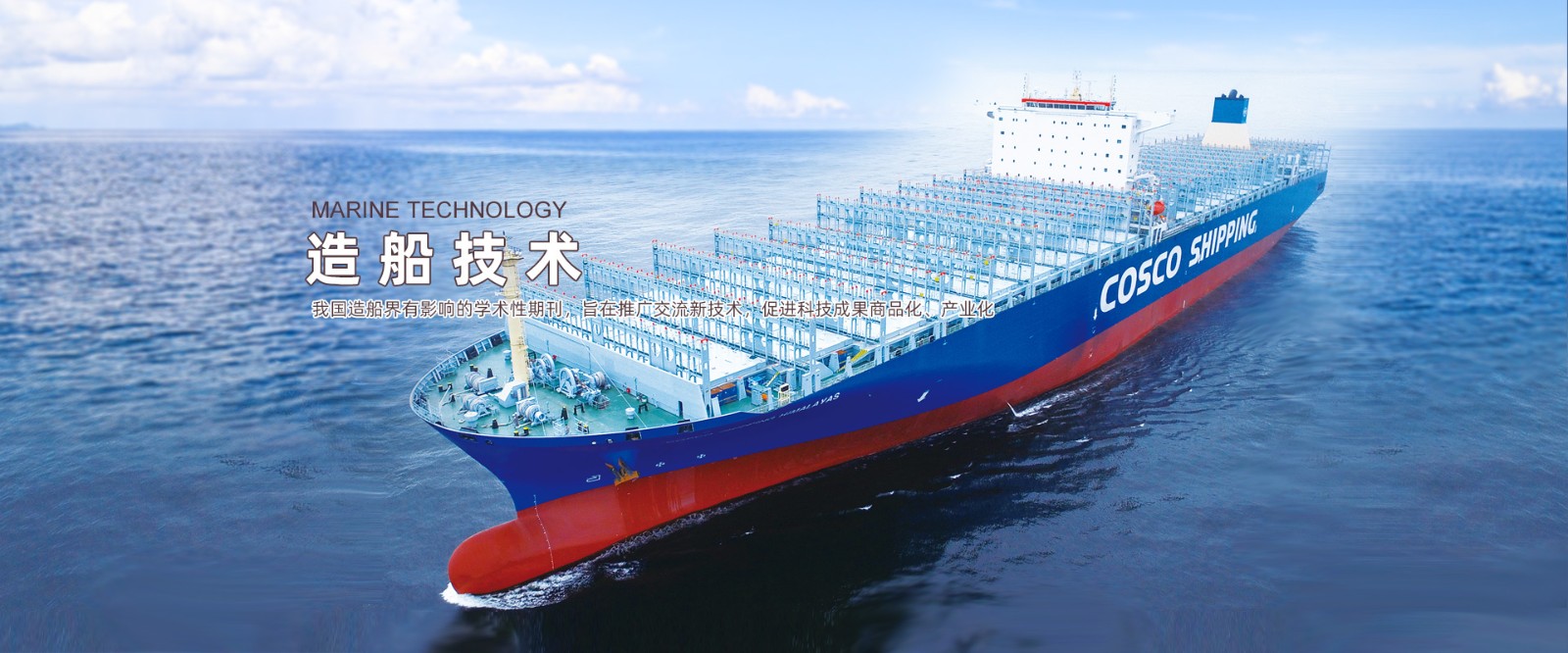Abstract:In order to make the water garbage collection robot successfully capture the floating garbage in the water and smoothly avoid the obstacles in the water area, an algorithm based on the sampling-based RRT* algorithm and the speed obstacle model is proposed to successfully avoid obstacles and perform path planning. The position coordinates of the dynamic obstacles in the water are obtained through the binocular camera based on the parallax positioning method, the relative azimuth angle between itself and the obstacle is obtained by using the sensing element carried by the robot, and the movement that can successfully avoid the obstacle is calculated by the speed obstacle method. For the angle adjustment range, after optimizing the random sampling process in the RRT* algorithm, an improved obstacle avoidance path planning algorithm is obtained. Considering the actual application scenario, the anti-saturation PID control method is introduced to make the control effect of the heading controller more accurate and effective. At the same time, Due to the robustness of the obstacle avoidance path planning algorithm in the real-world test, the simulation analysis is carried out based on the TOA positioning estimation algorithm. The simulation results show that the path planning algorithm has better path planning effect and better reliability than the basic RRT algorithm and the RRT* algorithm before improvement, and can avoid obstacles in a short time and obtain a better moving path. In the real-world test, the TOA-based CHAN algorithm is more in line with the needs of positioning estimation, and the noise measurement of the sensing device on the water robot body should be within 10m.
